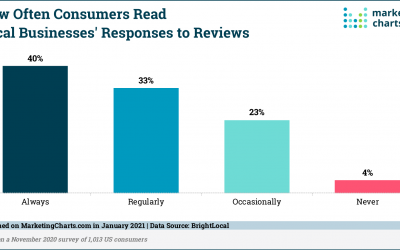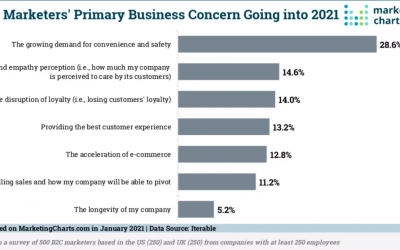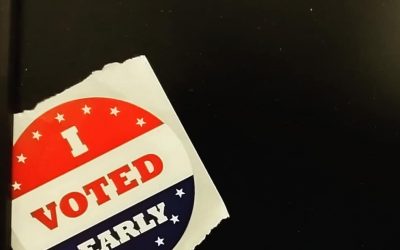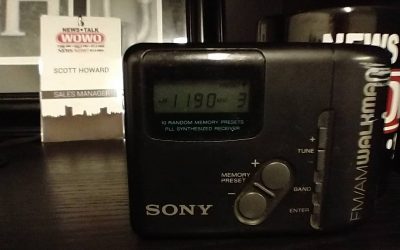People are talking about you. You probably don't know half the things they are saying. Unless you are diligently monitoring online social media, review sites and chat rooms, you don't know unless someone tells you what they saw. How important are these reviews?...
The Not-So-Secret Writings of ScLoHo
Caring About Your Customers
If you want to earn a consumers business this year, you have to appeal to what matters most to them. That statement is true if you are selling Land Rovers or if you are running a dollar store. It's also been a truth that has been around forever, but now I have a fresh...
The Significance of 200 Episodes
The Scott Howard Genuine ScLoHo Media & Marketing Podcast turns 200 this week. To me, that's a little bit of a bragging right. For you, perhaps it will give you a little bit of confidence or trust in what you are reading or listening to. Indulge me for a moment...
Is It Time To Fall Out Of Love With Digital Ads?
It's not all it's cracked up to be. The whole magical world of digital advertising online. For the past decade plus, I've seen study after study after study that talked about the shift in advertising from traditional ads to digital ads. As a point of reference,...
Creating Success with WOWO Radio in 2021
As much as we want to kiss the year 2020 good-bye and move forward as if it never happened, we can't. And we shouldn't. 12 months ago all of us were planning on a very different year than what unfolded in 2020. The economy seemed to be moving forward after a market...
Forget Politics
Man oh man, has this been a wild year. Besides a world wide pandemic that we still don't fully understand, we are winding down an outrageous political election season in the United States that on a national scale we won't know the results of until after the special...
Why WOWO is the Best Choice for Advertising (Part 3)
As we move toward a new year, many business owners are attempting to figure out the best bang for their buck when it comes to marketing and advertising. If you are in the Northeast Indiana region, specifically Fort Wayne, Indiana and nearby communities and you want to...
Problems = Opportunities
Have you heard the classic tale of the two shoe salesmen who were sent to a remote third-world village to sell shoes? When they arrived at the village, one immediately sent a message to his office saying, “There’s a problem. No one here wears shoes. Will return...
Out with the Old, In with the New
In the old media world, 86% of advertising budgets went towards production and delivery costs that are totally unnecessary in the new electronic media age. This archaic mode of communication came at the cost of harvesting trees, operating expensive pulp and paper...









